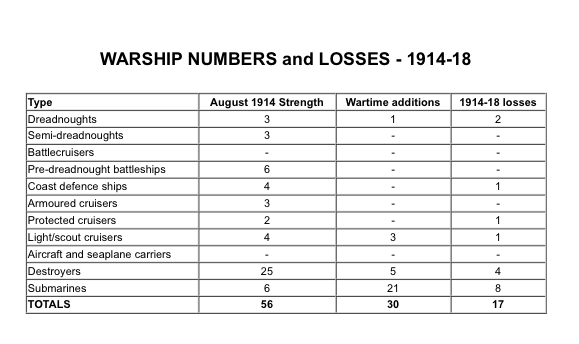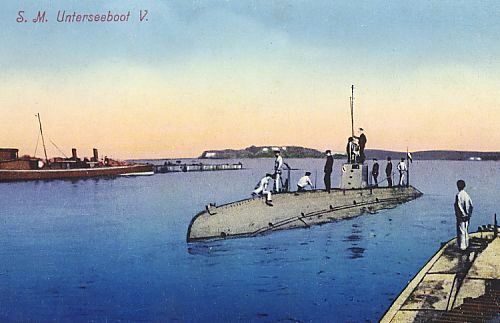Deleted member 94680
The Austrians rolled a lot of sixes, but in the end numbers and quality counted.
Good update, interested to see where you take it from here...
Good update, interested to see where you take it from here...
Yeah, with that final outcome, I can safely call that a good run of sixes on the part of the Austrians. They inflicted more damage than I expected, but they still got their shit pushed in. Two dreadnoughts gone, yikes.


Source: Naval-History.net
Unless there’s been a different Austrian building programme ITTL that’s 66% of their dreads gone in one engagement.
Absolutely, yes.Armored Cruiser is not far off the truth and my understanding is that they were originally described as such before being given the name Battle Cruiser
The Austrians rolled a lot of sixes, but in the end numbers and quality counted.
Good update, interested to see where you take it from here...
Yeah, with that final outcome, I can safely call that a good run of sixes on the part of the Austrians. They inflicted more damage than I expected, but they still got their shit pushed in. Two dreadnoughts gone, yikes.
No, it's the same programme.--- Source: Naval-History.net
Unless there’s been a different Austrian building programme ITTL that’s 66% of their dreads gone in one engagement.
The last category is the most interesting one...

Fisher’s Dreams and Tedious Realities
He was on the verge of accepting a modified Glorious instead, as that could be built quickly, when the Engineer-in-Chief came up with a new way of combining turbine power, and Armstrong’s works came back to him with a proposal for a new 15” Mk.2 gun.
Armstrong must have upgraded their gun manufacturing capacity; the 15"/42 Mk. 1 was the longest gun that could be made at the time, hence the relatively short barrel.He was on the verge of accepting a modified Glorious instead, as that could be built quickly, when the Engineer-in-Chief came up with a new way of combining turbine power, and Armstrong’s works came back to him with a proposal for a new 15” Mk.2 gun.
That would be a nice cover story too. Mk.2 turrets for Mk.2 guns ... makes sense.Triples?
They have (and they did throughout the war in reality too). By 1916/17, they could make much larger guns, as could Vickers and the ROF.Armstrong must have upgraded their gun manufacturing capacity; the 15"/42 Mk. 1 was the longest gun that could be made at the time, hence the relatively short barrel.
Thank you, glad you are enjoying it so far.Nice timeline.
Good to see the British getting into shape with a far cheaper set of lessons than OTL.
Two questions, is Louis Brandenburg still part of the fleet and is the Royal Navy torpedo bomber program ongoing (as during Gallipoli the bombers sank three ships before being put away)?
If the second is ongoing I could see Fisher going for a Taranto style raid on Kiel in the future.
What is the armour construction side like? The three bottlenecks are guns, armour, and turbines (and a little later reduction gears). With all these BCs I have to wonder about turbines too.
By extension what isn't getting built? After the Rs the big ship program was cancelled with a few exceptions OTL in favour of small ships. What is going on with the small ships? That could bite when the Uboats get serious.